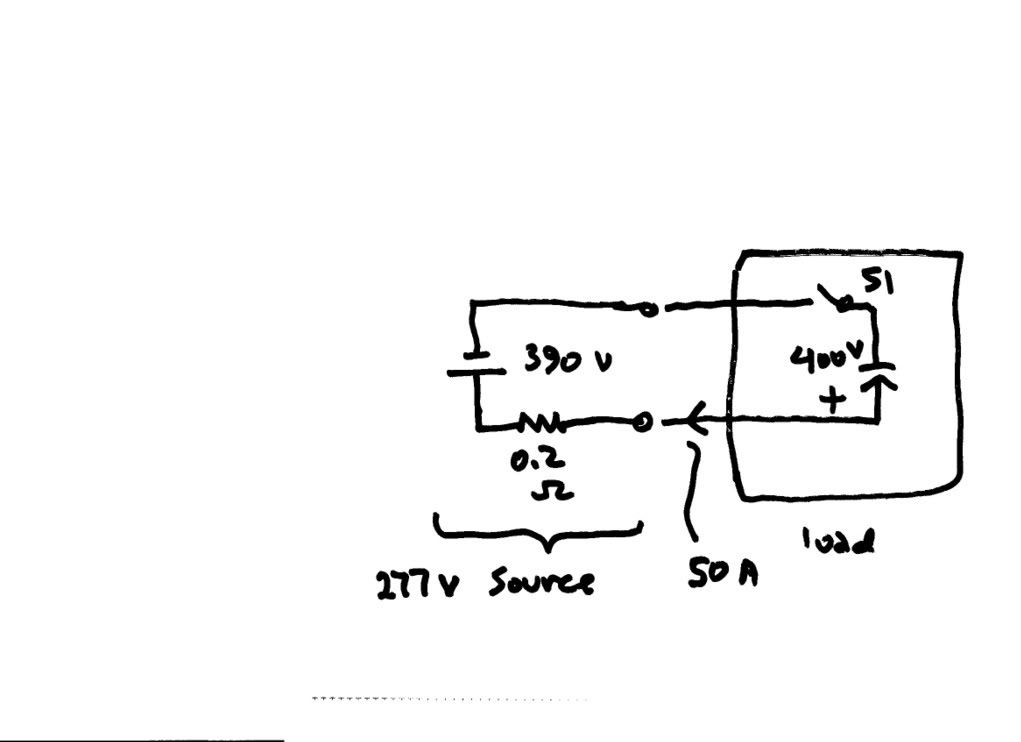Should I be in the market for a new meter or is something else going on? Here's some snapshots of typical voltages and currents for A B C and N I just got back. Notice that the current is opposite the voltage oft times. This is a 208Y/120V panel in an office environment. I put the meter on because the 225 amp main breaker is tripping.
Thank you for your help.
Thank you for your help.


